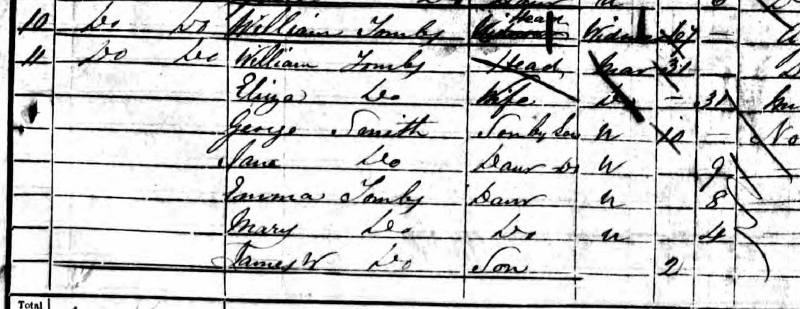Most modern dictionaries define family relationships in a narrow sense. So that "son in law" refers to the husband of your daughter. However, I have encountered a very different use in the UK census of 1851.

The 17 year-old son-in-law of Richard Holloway is not the husband of Sarah (or Elizabeth or Mary Anne) but the son of his wife Hannah (father unknown).
I would have expected either stepson or adopted son to be used to describe that relationship. But there is a certain logic to son-in-law, in that a male person not related by birth is being afforded the status of his son. Inheritance might have been a prickly issue but other documents suggest that there would not have been much property to disperse; and Philemon emigrated before Richard's death.
An ngram run on Google Books enables the relative frequency of the use of terms in published texts to be plotted through time. Although that tells us nothing about the meaning with which each is being used.

It is possible that this Census return was simply an isolated instance of the misuse of a term by an individual (either accidental or deliberate, to deflect attention from Philemon's illegitimacy) or it might reflect the more widespread use of a different meaning at that time.
It would be interesting to analyse a sample of documents from the 1851 census for similar cases, but evidence to confirm which meaning was meant would not be readily available. Are there other instances from this timeframe where relationship terms have been used in surprising ways?
Answer by Rob Hoare has provided confirmation that my interpretation is supported by others. Can anyone cite other examples that demonstrate this?

